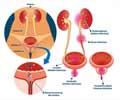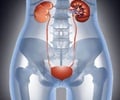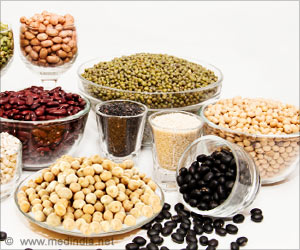Cranberry juice can prevent urinary tract infections by creating an energy barrier that keeps bacteria away from cells.
Cranberry juice can prevent urinary tract infections by creating an energy barrier that keeps bacteria away from cells, says a new study by researchers at Worcester Polytechnic Institute (WPI).
The study, published in the journal Colloids and Surfaces: B, reveals that the juice changes the thermodynamic properties of bacteria in the urinary tract, creating an energy barrier that prevents the microorganisms from getting close enough to latch onto cells and initiate an infection.The study, conducted by Terri Camesano, associate professor of chemical engineering at WPI, and a team of graduate students, including PhD candidate Yatao Liu, exposed two varieties of E. coli bacteria, one with hair-like projections known as fimbriae and one without, to different concentrations of cranberry juice.
Fimbriae are present on a number of virulent bacteria, including those that cause urinary tract infections, and are believed to be used by bacteria to form strong bonds with cells.
For the fimbriaed bacteria, they found that even at low concentrations, cranberry juice altered two properties that serve as indicators of the ability of bacteria to attach to cells.
The first factor is called Gibbs free energy of attachment, which is a measure of the amount of energy that must be expended before a bacterium can attach to a cell. Without cranberry juice, this value was a negative number, indicating that energy would be released and attachment was highly likely.
With cranberry juice the number was positive and it grew steadily as the concentration of juice increased, making attachment to urinary tract cells increasingly unlikely.
Advertisement
"Our results show that, at least for urinary tract infections, cranberry juice targets the right bacteria—those that cause disease—but has no effect on non-pathogenic organisms, suggesting that cranberry juice will not disrupt bacteria that are part of the normal flora in the gut," Camesano says.
"We have also shown that this effect occurs at concentrations of cranberry juice that are comparable to levels we would expect to find in the urinary tract,” Camesano added.
Advertisement
SRM














